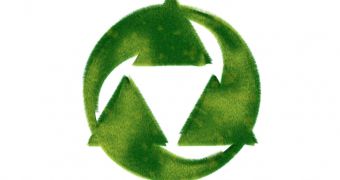Early in the year, Greenpeace released one of its periodical reports in which it ranks electronics manufacturers according to how “green” their products are, urging consumers to support those who score well and to boycott those who do not.
For the videogamers in attendance, the report showcased Nintendo as the worst offender when it comes to the environment, with Microsoft dropping two positions to second worst, while Sony kept its position at number six in the chart.
Nintendo got a “bad” or “partially bad” rating in all areas considered: potential for recycling, chemical management, PVC presence in products, carbon footprint disclosure, use of renewable energy and energy efficiency. But the company is saying that Greenpeace is not seeing the full picture and that it is aiming to make its products as green as possible while also keeping the price for customers down.
An official statement offered by Nintendo reads, “We consider the environmental impact of our products over their entire life cycle, from planning to disposal. In the planning phase, for example, we make every effort to design energy-efficient products and select materials for component parts and packaging materials with careful consideration for the environment. We also consider the importance of reducing environmental impact at end-of-life disposal by clearly indicating the materials used in each product to make recycling easier.”
Nintendo is saying that as it creates new products, like the more recent Nintendo DSi handheld and its LL successor, it strives to make them more eco-friendly and that it is urging all of the manufacturing companies it is working with to respect environmental standards and to submit to regular checks from regulators. It's unlikely that the Greenpeace report will substantially change the way Nintendo operates but over the long term, customer pressure has the potential to do this.

 14 DAY TRIAL //
14 DAY TRIAL //